Frank Soldner
Co-PI (Core Leadership)
Albert Einstein College of Medicine
Frank is Assistant Professor in the Departments of Neuroscience and Genetics and a member of the Ruth L. and David S. Gottesman Institute for Stem Cell Biology and Regenerative Medicine at Albert Einstein College of Medicine. He received his MD from the University of Tübingen in Germany. For his thesis under the guidance of Jörg Schulz he investigated the molecular mechanism of cellular death in dopaminergic neurons as model for Parkinson’s disease. In his postdoctoral research with Ron McKay at NINDS/NIH and Rudolf Jaenisch at the Whitehead Institute at MIT, he established novel human pluripotent stem cell (hPSC)-based experimental paradigms to dissect the genetic basis of Parkinson’s disease.
Recent ASAP Preprints & Published Papers
Highly efficient generation of isogenic pluripotent stem cell models using prime editing
In vitro assembling of RNP for nucleofection of hPSCs




